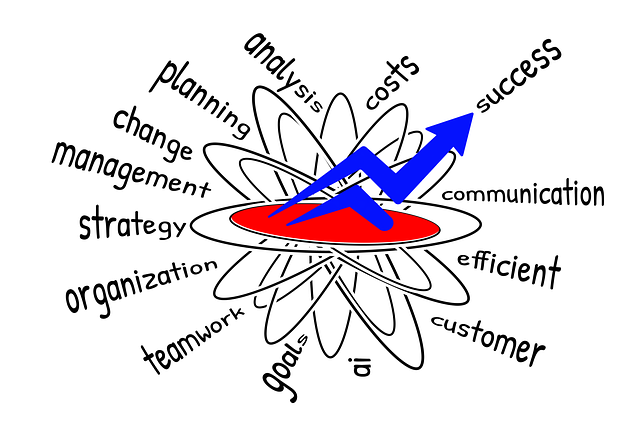TL;DR:
Effective cash flow management is key to business success, enabling entrepreneurs to identify and address issues like tight flows or unexpected expenses promptly. By analyzing financial statements, understanding business cycles, and recognizing unusual patterns, businesses can take proactive measures to optimize cash sources and uses. Strategies include adjusting supplier terms, enhancing collection processes, implementing efficient inventory management (e.g., just-in-time stocking), and improving sales forecasting for better financial stability and growth opportunities. Identifying cash flow problems early is crucial for long-term viability.
Understanding cash flow is vital for any business’s survival and success. This essential metric reveals the financial health of operations, providing insights into income, expenses, and liquidity. In today’s competitive market, recognizing and addressing cash flow issues promptly can be a game-changer. This article explores why managing cash flow is critical, delves into common signs and causes of identifying cash flow problems, and offers practical strategies to improve and maintain robust cash flow, empowering businesses to navigate financial challenges effectively.
- Why Understanding Cash Flow is Crucial for Business Success
- Identifying Cash Flow Problems: Common Signs and Causes
- Strategies to Improve and Manage Cash Flow Effectively
Why Understanding Cash Flow is Crucial for Business Success

Understanding cash flow is a cornerstone of business success. It allows entrepreneurs and managers to make informed decisions, ensuring the business has enough liquid assets to meet its immediate obligations. By monitoring cash inflows and outflows, businesses can identify potential problems early on, such as tight cash flows or unexpected expenses. This proactive approach enables them to adjust strategies, secure funding when needed, or implement cost-cutting measures to maintain financial stability.
Furthermore, effective cash flow management facilitates growth opportunities. It provides the financial flexibility to invest in expansion, research and development, or new marketing campaigns. Accurate cash flow projections also help businesses negotiate better terms with suppliers, lenders, and investors, enhancing overall financial health. Ultimately, mastering cash flow is a key differentiator between thriving enterprises and those facing financial distress, underlining its crucial role in long-term viability.
Identifying Cash Flow Problems: Common Signs and Causes

Many businesses struggle with cash flow at some point in their operations, and recognizing the signs early is crucial for effective problem-solving. Identifying cash flow problems involves a keen eye for unusual financial patterns and understanding typical business cycles. Common indications include late payments from customers, an increase in bad debt, or unexpected expense spikes. These issues may stem from various causes, such as seasonal fluctuations, mismanaged inventory, or inadequate pricing strategies.
For instance, a drop in sales during specific periods might suggest market trends or customer preferences shifting away from the business’s offerings. On the other hand, persistent delays in receiving payments could indicate customer financial difficulties or ineffective billing practices. By analyzing these signs, businesses can take proactive measures to address cash flow challenges, ensuring stability and fostering sustainable growth.
Strategies to Improve and Manage Cash Flow Effectively

To improve and manage cash flow effectively, businesses should first identify cash flow problems. This involves analyzing financial statements to understand the sources and uses of cash. By examining operating, investing, and financing activities, companies can pinpoint areas where they are generating or expending cash inefficiently. For instance, delayed payments from customers or excessive inventory holding costs can significantly impact cash flow.
Once identified, several strategies can be employed to enhance cash flow management. One approach is to optimize payment terms with suppliers, encouraging early payments in exchange for discounts. Another strategy is to improve collection processes by implementing efficient invoicing systems and following up on overdue accounts promptly. Additionally, businesses should consider reducing inventory levels through just-in-time stocking or improving sales forecasting to avoid overproduction.
